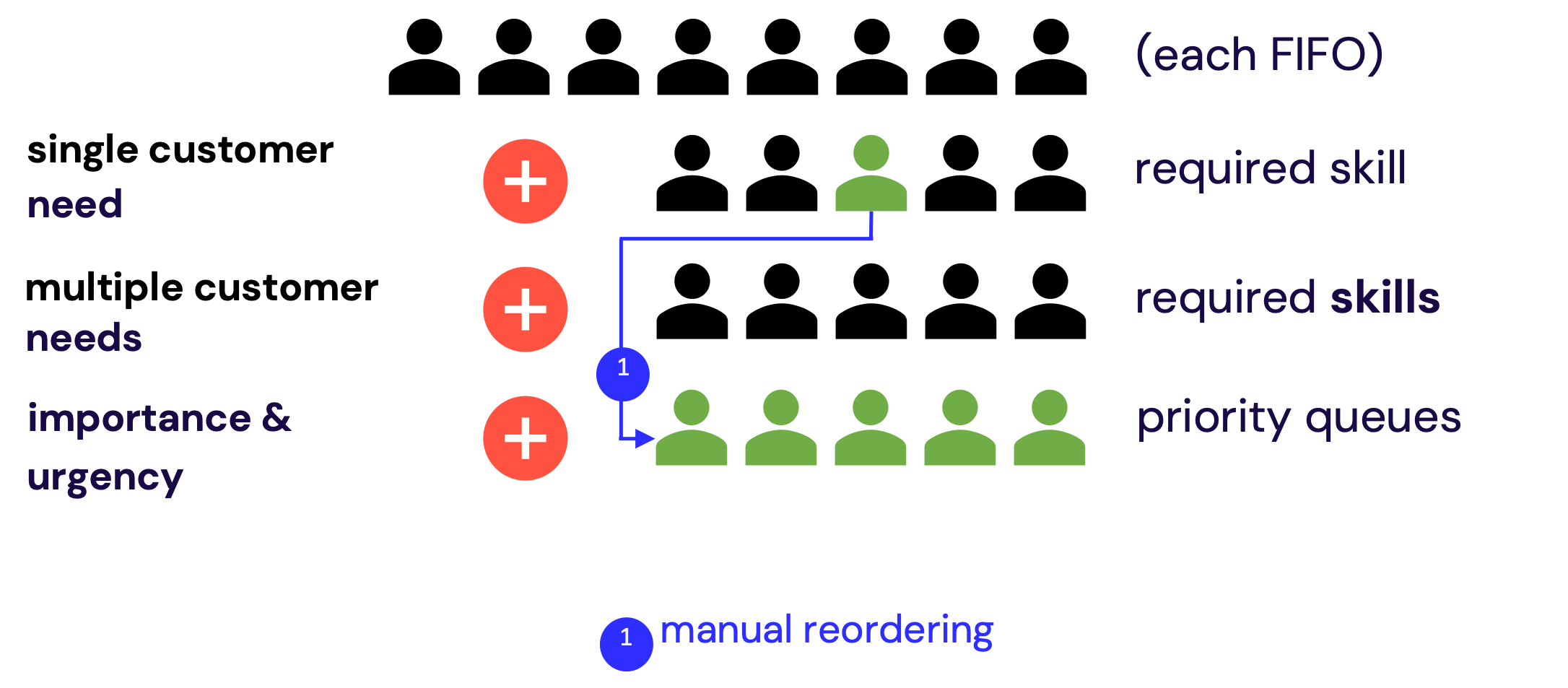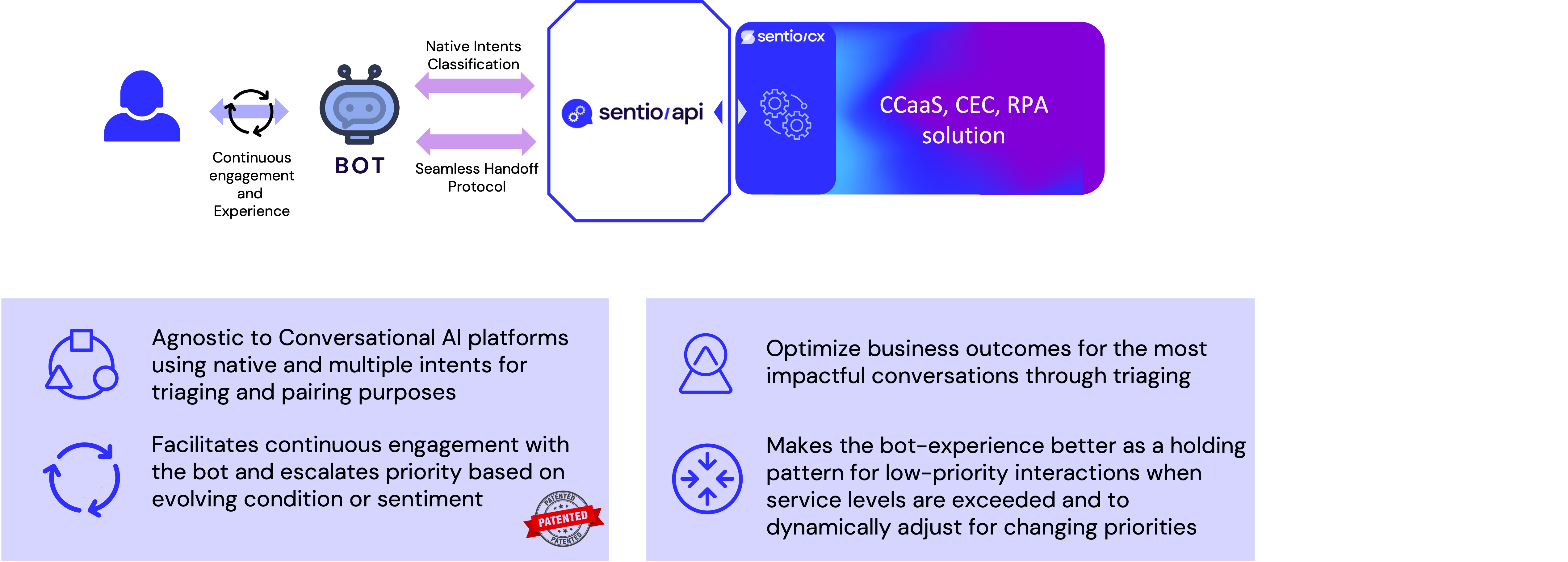How to Automate SLA Management in contact centers to meet a new 3-minutes-law?
by: Ronald Rubens

The Spanish Council of Ministers recently introduced a new regulation, known as the “the 3-minutes law”. This new law requires public and private companies in utilities, transport, postal services, communications, and financial services, as well as companies with over 250 employees or an annual turnover exceeding 50 million euros, to meet quality standards in customer service. The most important one is that calls (or chats) need to be answered within 3 minutes by live agents – especially when customers get stuck in automated services such as bots or IVRs. If these public or private companies do not comply with the 3 minutes law, they can be fined up to €100,000 for breaches. Consumer Rights Minister Alberto Garzon said in a new conference:
“The practically infinite waiting times that produce frustration are over"
Subsequently, the Spanish press argued that it’s more essential than ever for contact centers to not only ensure adequate staffing but also to monitor compliance. The question in this blog is: how we can comply to these new standards, without significantly increasing costs by adding more agents and supervisors to monitor SLA’s.
Current challenges
Let’s explore two significant challenges in today’s contact centers related to SLA management.
1. 62% of transitions from Self-Service to Agent Service are ‘High Effort’
When agents are busy, and customers expect a handoff to a live agent, they often face unpredictable wait times and poor first-time resolution. In addition to exposure to heavy fines and reputational damage in countries like Spain, the net effect is a significant impact on KPIs such as customer churn, customer satisfaction, and sales. The transitions are simply not seamless enough.

Modern orchestration requires context about intents and circumstances to guide the experience and understanding of the relative importance and urgency for both the user/customer and the business.
2. Traditional Queuing Requires Manual SLA Management
During our work on the Sentio approach to orchestration, I traveled to New York JFK Airport and experienced firsthand why manual SLA management is still necessary, even for two simple queues. This reminded me of the current state of technology in contact centers.
At JFK Airport, the SkyTeam lounge was at full capacity. To manage access, two queues were created: one for business-class passengers and another for SkyPriority passengers with lounge access eligibility. Unsurprisingly, business-class passengers received the highest priority. SkyTeam assigned a ‘traffic police officer’ to manage the queues at the lounge entrance.
What followed was predictable: a retired couple in the regular queue became upset after waiting for 45 minutes, while business-class passengers only waited for 10 seconds. Only when they emphasized their 30-year loyalty to SkyTeam did they receive priority access. The SkyTeam ‘traffic police officer’ was visibly stressed and unable to handle the complaints, eventually needing her manager to intervene.
This example illustrates a simple truth: queues complicate operational management through manual reordering and shifting of interactions, exploiting manual SLA loopholes. This problem grows as the number of queues increases due to the need to pair agent profiles, skills, and proficiency with specific customer needs, or to create priority queues for different requirements (e.g., a French-speaking airline reservation customer service). This explosion in queues is depicted in the diagram below:

The result is an increase in operational costs and the need for supervisor intervention.
How can we overcome these Challenges?
a. Understanding what makes Hand-Offs High-Effort’ by Implementing a Seamless Hand-off protocol between Self-Service and the Contact Center, CEC or RPA platform
Integrating conversational AI/bot platforms with CX platforms should not be done by merely throwing conversations over the fence. Instead, it is much more effective to gain advanced insights and predictive actions on agent availability, required skills, and proficiency levels. As the ‘native intent’ in the conversational AI or bot platform reveals the ‘real issue or need,’ these intents should be classified and recognized for triaging and pairing purposes.
Secondly, instead of having people stuck in queues without visibility of wait times, continuous engagement should be facilitated with the bot, including announcements of predictive wait times and escalation of priority based on an evolving conditions or sentiment. In other words, when people show emotion or reveal signs of dissatisfaction, real-time and continuous triaging should be used to adjust the priority of getting connected with the right relevant live agent.
Thirdly, the most impactful conversations should be prioritized through triaging to optimize business outcomes. For example, a person who wants to cancel their contract because they are angry should be connected with an agent skilled in retention and contract management with the highest priority. Additionally, lower priority or less urgent conversations can be held in the ‘bot’ as a holding pattern during times when service levels have exceeded a certain threshold. They can be offered self-service options or a call-back during times when service levels are exceeded. This makes room for the most impactful conversations that need immediate attention.

b. Solving the Complexity of Queue Management and SLA management
The complexity of queue management can be solved through continuous real-time triaging and automated SLA management, which reduces operational costs and improves both Customer Experience (CX) and Employee Experience (EX). Here is how it works:
When the system detects that service levels are being exceeded, it needs to create automated SLA reinforcement. Besides triaging of the most impactful conversations, additional agents should be notified when service levels are exceeded. We call these agents reserve agents or knowledge workers, as they are brought into the conversation when service level thresholds are exceeded or when specific skills and proficiency levels are required.
Lastly, when the agent pool remains insufficient to meet desired service levels, automatic deactivation of hand-off initiation should be allowed for selected (usually lower priority) conversations. This is a crucial part of our patented algorithm which is embedded into our SentioCX solution.
The following diagram depicts how it works:

The net effect is that service levels are met for the most impactful conversations without penalizing lower-priority conversations. Additionally, by automating SLA management and applying self-regulating service levels, the need for supervisor intervention will be reduced by more than 90%.
Furthermore, instead of supervisors acting as ‘traffic police officers’ and reacting to circumstances such as angry customers, they should be able to be pro-active. This is done by having powerful dashboards to monitor service levels and adjusting the relevant orchestration parameters to allow the system itself to be hyper pro-active in determining Current Wait Time, Predictive Wait time and changing conditions including sentiment to self-regulate incoming conversations.
In 2023, we launched our first commercial release of SentioCX orchestration, based on our patented AI-enabled Intent-based Routing algorithm and the hard work of our talented development team. The solution includes the real-time continuous triaging and automated SLA management discussed in this blog post.
For a deeper-dive on our technology, please refer to our CTO Adrian Ivan’s blog or visit our development portal
